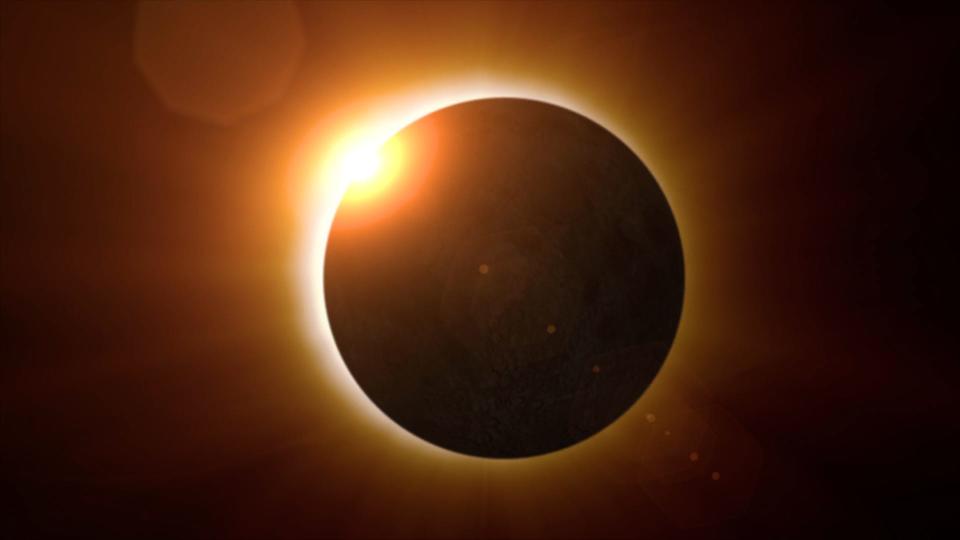NASA launches group of rockets to observe the solar eclipse. You may see them
Not only can you see the solar eclipse this afternoon, you might also see a group of rockets launched by NASA to observe the solar-lunar phenomenon.
The three rockets will launch from NASA’s Wallops Flight Facility in Virginia and will reach an altitude of 260 miles, NASA said. That's high enough to study disturbances during a total solar eclipse in the ionosphere, a region of Earth’s atmosphere between 55 to 310 miles above the ground.
That could put the rockets within range of view for our region.
"The sounding rockets will launch at three different times: 45 minutes before, during, and 45 minutes after the peak local eclipse. These intervals are important to collect data on how the Sun’s sudden disappearance affects the ionosphere, creating disturbances that have the potential to interfere with our communications."
Will NASA stream its rocket launch?
NASA will stream the launch of its rockets for anyone not outside for the solar eclipse or under too-cloudy conditions.

"The APEP launches will be live streamed via NASA’s Wallops’ official YouTube page and featured in NASA’s official broadcast of the total solar eclipse," read a portion of NASA's statement on the sounding rocket launches. The public can also watch the launches in person from 1-4 p.m. at the NASA Wallops Flight Facility Visitor Center."
What you'll see and when: Key times and what to expect during today’s solar eclipse in Bucks County
NASA investigates solar eclipse: NASA is launching 3 sounding rockets into space during the total solar eclipse. Here's why
Why is NASA launching rockets during the total solar eclipse?
NASA is using spacecraft called sounding rockets that are equipped with scientific instruments to take measurements and perform experiments during its sub-orbital flight.
The sounding rockets had been previously launched and recovered in October from the White Sands Test Facility in New Mexico during the annular solar eclipse, a similar celestial event that was distinct for the "ring of fire" shape it created in the sky. This time around, NASA said the rockets have been refurbished with new instrumentation.
Your eclipse guide: It's solar eclipse day in Bucks County. What you need to know to get the best view April 8
The ionosphere forms the boundary between Earth's lower atmosphere – where humans live and breathe – and the vacuum of space. Studying its short-term changes during an eclipse is difficult to do with other instrumentation like satellites, which are unlikely to cross into an eclipse's path to make observations and record data, said mission leader Aroh Barjatya, an engineering physicist at Florida's Embry-Riddle Aeronautical University.
Damon C. Williams covers trending and regional developments for PhillyBurbs.com. Support our journalism with a subscription.
This article originally appeared on Bucks County Courier Times: Bucks County residents may see NASA rockets sent to observe the eclipse

